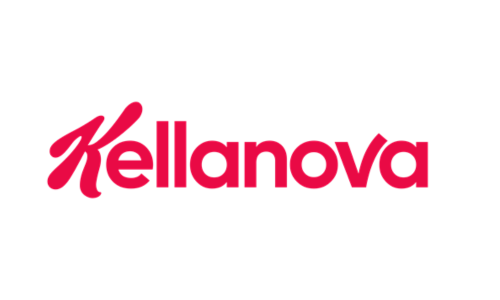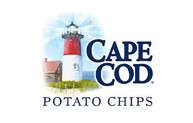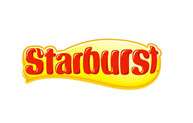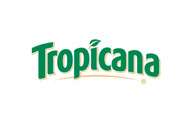Menu
We’re able to diagnose within the general population the core groups of people that show different levels of engagement with a given product space via our unique diagnostic measure. This reveals WHY a group is showing low engagement, medium engagement, or high engagement for your market space, category, and brand.
As we assess these consumer mindsets, we discover the associations they create between categories and brands: the mental ‘neighborhoods’ they perceive in which your brands live, along with the competitors that walk those same perceptual streets.
Understanding not only what drives their behavior, but what they’re comparing you to in their sub-conscious minds, creates the unlock of who you have to beat, and the unique advantages and opportunities you can bring to bear in activation.
We often find that, within their true decision-making criteria, consumers often make somewhat counterintuitive associations. A given neighborhood will include both cola brands, and lemon-lime beverage brands. Another neighborhood will include sports drinks, and bottled tea, for example.
And while they rarely put ‘like-with-like’ from a literal perspective, this insight is hugely actionable in understanding what goes together in their minds from the psychological perspective.
We’re able to reveal these insights because, as our neuroscientists put it, we’re conducting a type of neurodiagnostic profiling at these different levels of engagement. And while the measure is sophisticated, the output and implications couldn’t be simpler. We provide a tangible roadmap of how to keep the people with whom you’re doing well, and how to attract incremental consumers who are in that moderate group: those who are ‘gettable’ but not yet engaged with your brand.
When pondering ‘the competition,’ insights and marketing teams are understandably tempted to apply the conventional construct of usage occasions. After all, it makes intuitive sense that a replacement product can differ based on when, where, and with whom a category is consumed.
However, this approach overlooks the WHY. So, instead of injecting the subjectivity of occasions, our neighboring diagnostic leverages the more durable factor in consumer decision-making: context.
Imagine four people all sitting at a bar. Imagine they’re even the same demographic: same age, gender, ethnicity, income, etc.
The bartender walks over: “what’ll it be?”
“Shot of tequila.”
“Angel’s Envy on the rocks.”
“Draft IPA.”
“What kind of wood is used for the smoke bubble on the Vesper Martini?”
Why? Why did four seemingly homogeneous people, in the exact same situation, with the exact same stimuli, order four dramatically different drinks? The disparity in behavior happens because they were navigating 4 dramatically different mental neighborhoods, and the competitive set within each varied widely.
We see this regularly in our analyses. What your brand is competing with is only as important as understanding the perceptual neighborhood in which it is being evaluated. This mental ‘WHY’ is based on the context the consumer perceives.
A few of our partners who are now in-the-know on what truly drives, and hinders, their consumers and shoppers.































